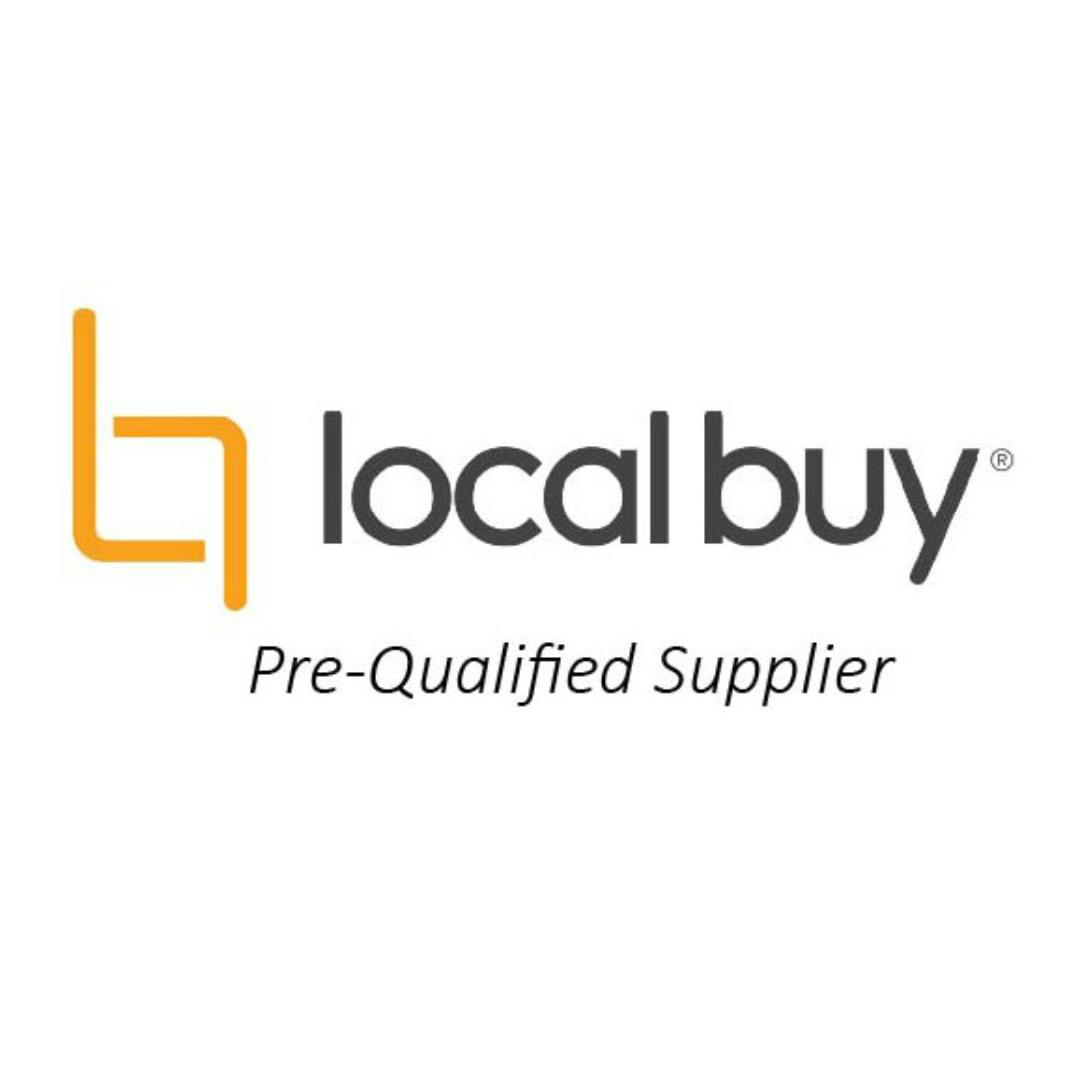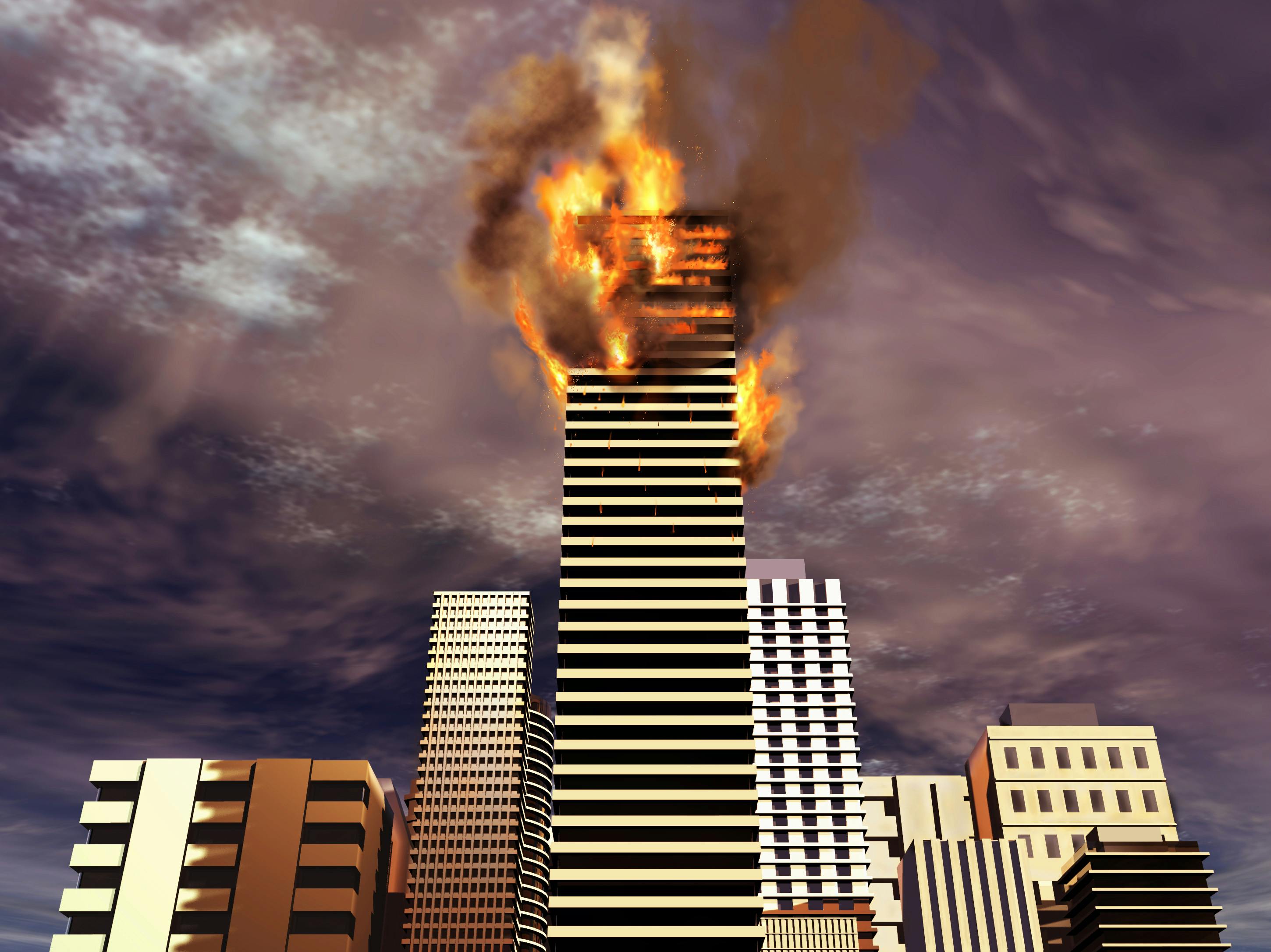Background
Prior to 1998, local governments were solely responsible for building certification in Queensland.
Since 1998, building certification in Queensland has been privatised as a result of National Competition Policy reforms.
Queensland’s current building certification model affords customers the right to obtain certification services from private building certifiers or their local government.
Building certifiers:
- assess and approve plans relating to new or altered buildings
- inspect construction work at mandatory stages
- provide certificates of inspection to the builder following inspections
- issue enforcement notices on building work when necessary
- give final certification for a building to be occupied.
According to the 2017/2018 QBCC Annual Report, there are 463 licensed building certifiers. I understand that there are approximately 300 private certifiers in Queensland, with the balance of licensed building certifiers working for various local governments.
Until recently, for a building certifier to be licensed by the QBCC as a private certifier (section 52 of the Building Regulations (Qld) 2006), they had to hold professional indemnity (PI) insurance that was not subject to any qualifications or exemptions.
The combustible cladding crisis: An insurer’s perspective
I am of the view that insurers have been unfairly blamed for causing the present crisis. Yes, I believe insurers have questions to answer in relation to the scale of recent PI premium and excess cost increases, but to lay the blame entirely at their feet for this crisis arising is patently wrong for reasons I outline below.
In an article entitled “Cladding crisis threatens development as consultants lose insurance“ it is stated:
“The combustible cladding crisis is threatening to disrupt the development industry, putting projects at risk as building certifiers and fire engineers become uninsurable, and prompting state governments to step in as the insurer of last resort.
The dire state of Australia’s professional indemnity insurance market for building certifiers and surveyors is laid out in confidential research by PwC showing the sector has been unprofitable since 2011, with nearly $3.43 paid out in claims for every $1 received in premiums in 2017.
While the sector wrote $40 million in premiums in one year, one insurer alone faced cladding-related claims worth $50 million, PwC’s report shows.
It’s not just an Australian problem – insurers have been deserting the building industry PI sector in droves globally as cladding-related liabilities mount – but the situation reaches a new crisis on July 2, the date the last underwriter to issue new clients without carve-outs for cladding-related claims has said it will stop doing it”.
The key immediate takeaway from this article is that effective from 2 July 2019, there are no insurance companies offering private certifiers any PI coverage without a cladding exemption.
Insurance companies did not develop the legislative requirement that for a building certifier to obtain an endorsement to operate as a private certifier, they must obtain exemption free PI insurance. A succession of State governments have embraced this requirement for the past 20 years. Furthermore, insurance companies were not responsible for the utter failure of construction industry building standards and laws that allowed dangerous external cladding to be used on buildings in Queensland. A succession of governments, both State and federal are responsible for this occurring.
I find it very disingenuous that insurers are now being entirely blamed for causing this crisis as a result of no longer providing exemption free PI coverage to private certifiers, in circumstances where such policies have caused them to suffer major losses due to the regulatory failures of many governments over the past couple of decades.
A short-term solution…..of sorts
In a media statement from Minister Mick de Brenni dated 3 July 2019, it is stated:
“Combustible cladding is set to be completely banned on all new Queensland buildings, following industry support for proposed new regulations that were discussed at yesterday’s Ministerial Construction Council.
Minister for Housing and Public Works Mick de Brenni proposed the new regulation as part of a two-pronged approach to provide a lifeline to the State’s certifiers caught up in a shrinking insurance market.
The combustible cladding ban would extend to all aluminium composite panels with a PE core of greater than 30 per cent, and it would restrict usage across all buildings in Queensland”.
Furthermore, in this media statement it is stated:
“The other key solution to help certifiers proposed by the Queensland Government during the industry meeting, was to allow certifiers to remain licensed while they are holding professional indemnity (PI) insurance featuring cladding related exclusions.
Mr de Brenni said the ban on combustible cladding paved the way for the Queensland Government to allow certifiers to hold PI insurance with exclusions.
“By banning combustible cladding on new construction in Queensland, it means there doesn’t need to be an expense for certifiers in the form of exclusion free insurance,” Mr de Brenni said”.
On 9 August 2019, the Building and Other Legislation Amendment Regulation 2019 (Qld) commenced. In information published on the QBCC website for private certifiers it is stated:
“Private certifiers must continue to hold the required PI insurance.
However, from 9 August 2019 to 30 June 2021, the required PI insurance may contain an exclusion for non-compliant external cladding.
The required PI insurance must not contain any other exclusion that may extend past the definition below; for example other non-conforming building products”.
This development was welcomed by most in the industry, as evidenced by an article that appeared in the Courier Mail entitled “State Govt set to deliver crisis lifeline to construction industry“ and where Housing and Public Works Minister Mick de Brenni said:
“the changes would ensure homeowners remained protected, while providing the industry with time to formulate a longer-term solution..
The problem
I am of the view that some private certifiers, even with PI insurance excluding external cladding, will be very reluctant to offer their services to clients where the assessment of external cladding is involved.
Why?
Two reasons.
Number 1.
On the QBCC website, one FAQ and the answer caught my attention, namely:
“If my PI Insurance excludes external cladding what does that mean for me? Can I hold PI Insurance with cladding exemptions and still undertake work directly related to non-compliant external cladding?
Yes, as a licensee you may carry out building certifying functions relating to all types of external cladding. While professional indemnity insurance cover can assist you in the event you are the subject of legal action, all insurance policies are the subject of exclusions from cover. So you won’t be protected under your PI insurance for work that falls under an exemption, such as certifying non-compliant external cladding. Consider seeking legal advice to help you better understand the risks involved for your business”.
In these circumstances it seems apparent to me that private certifiers will have to meet any substantiated claim themselves and therefore be exposed to possible dire financial implications.
Number 2.
Unlike every other State other than Western Australia, Queensland does not have a 10-year statutory limitation period for the commencement of actions in respect of defective building work. While I am not a lawyer, my understanding is that there is no extended statutory limitation regarding actions of this nature applicable in Queensland.
and just for good measure …
In an AIBS member statement of 17 July 2019, I noted the following statement:
“Unfortunately, AIBS is aware of building surveying firms already closing because of unreasonable insurance policies. Premiums have in some cases have skyrocketed by 500% but, even worse, they contain broad exclusions and massive excesses per claim”.
But wait, there is more!
In an article that appeared in the Courier Mail on 17 September 2019 entitled $100 million worth of Queensland building projects on hold as insurance crisis deepens it is stated:
“THE fall out from London’s Grenfell Tower disaster and Sydney’s Opal Tower crisis has placed $100 million worth of Brisbane building projects in a holding pattern as insurers run scared.
Virginia-based Building Certification Group said it has stopped certification work on 1100 projects around the city – ranging from office blocks to carports – after failing to get public indemnity insurance to cover its work.
Building certifiers are required to have public indemnity insurance before the Queensland Building and Construction Commission (QBCC) can issue them with a licence.
Building Certification Group director Gareth Martin said major insurers were becoming increasingly nervous about providing such insurance to certifiers following major building disasters such as London’s Grenfell Towers fire”.
Elsewhere in the article it is stated:
“No insurers in Australia are currently willing to provide blanket public indemnity insurance to certifiers but some provide cover if incidents resulting from flammable cladding are excluded. The QBCC will now issue a licence to certifiers even if cladding is excluded but Mr Martin said his company had still been unable to obtain the required insurance.
“Our brokers searched for two months but they came back to say no insurer was willing to cover us,” said Mr Martin. “Following Grenfell and other incidents, insurers are nervous they will face major payouts. But without that insurance we can’t do any certification projects and will soon have to make a decision about the future of the business””.
Note: The above article refers to ‘public indemnity insurance’. Based on the overall theme of the article, I am assuming this is a mistake because there is no such named insurance coverage. There are two distinct types of insurance coverage, namely public liability and professional indemnity.
Public liability covers a business’s legal liability to pay compensation for injury or damage to property caused to a third party in connection to the business.
Professional indemnity protects a business against the risks associated with providing advice or recommendations to clients. It is this type of insurance coverage the QBCC requires private certifiers to hold.
How may the government’s ‘Safer Buildings’ initiative be negatively impacted by this insurance crisis?
The ‘Safer Buildings’ initiative was established to help identify buildings in Queensland that may have potentially combustible cladding. The government amended the Building Regulation 2006 with the Building and Other Legislation Cladding Amendment Regulation 2018 to give effect to this initiative.
From 1 October 2018, owners of buildings which are:
- a class 2 – 9;
- of type A or B construction; and
- built or have had the cladding altered after 1 January 1994 but before 1 October 2018 have had to register their buildings and complete the combustible cladding checklist.
What is the combustible cladding checklist?
The combustible cladding checklist (section 8.1 of guideline for accessing buildings with combustible cladding) has 3 parts with 4 key dates, namely:
29 Mar 2019
Register buildings and complete the combustible cladding checklist (part 1).
31 Jul 2019
Complete the building industry professional statement and complete the combustible cladding checklist (part 2).
31 Oct 2019
Engage fire engineer and register their details on the combustible cladding checklist (part 3(a)).
03 May 2021
Complete the building fire safety risk assessment, fire engineer statement and the combustible cladding checklist (part 3(b)).
Article scenario
For the purpose of this article, an owner has followed part 2 of the checklist, with a building identified as potentially being an ‘affected private building’ (section 16O of the Building and Other Legislation (Cladding) Amendment Regulation 2018). Consequently, the process outlined under part 3 must be activated, namely:
- under part 3(a) of the checklist the building owner must engage a fire engineer to determine whether the building is in fact an ‘affected private building’.
- If a fire engineer determines the building is affected, the building owner is required under part 3(b)of the checklist to complete steps 16, 17, 18, 19 and 20 (or 21 if applicable) of the checklist (pages 14-18).
- the building will retain its ‘affected private building’ status (which includes the building owner having to display conspicuous notices to this affect) until any of the following happens, namely:
- the combustible cladding is removed from the building
- a private building certifier gives the building owner a notice stating that the combustible cladding complies with the BCA
- seven (7) years have passed since a copy of a Building Fire Safety Risk Assessment (BFSRA) was given to the QBCC as required under part 3(b) of the checklist.
The above is a very brief summary of my views of the requirements applicable if a building may be considered an ‘affected private building’. For further information I refer readers to comprehensive government information.
Final thoughts
The issues I identified in this article may result in some private certifiers with PI coverage (with cladding exclusions), declining to assist building owners of an ‘affected private building’ to undertake the necessary rectification work. Furthermore, obviously those private certifiers unable to obtain suitable PI coverage or afford same will also not be in a position to assist building owners in this regard.
Given that building owners have until 31 October 2019 to complete the initial notification stage (part 3 (a)) of the combustible cladding checklist, there is presently no information available to confirm the number of potential unsafe buildings in Queensland. However, in an article in the Courier Mail it is stated:
“Master Builders Queensland deputy chief executive Paul Bidwell said that between 60 and 100 buildings in Queensland could eventually be found to contain dangerous cladding, potentially costing $200 million to rectify.”
A delay in the conversion of any unsafe buildings to ones of a safe nature as a result of licensed private certifiers not prepared to sign off on functions directly related to external cladding would be of great concern.
How many licensed private certifiers are prepared to do work relating to external cladding?
This is the critical question. The actual number of licensed private certifiers operating in Queensland is irrelevant because there is ample building work not involving any form of external cladding to keep them occupied.
My concern is that private certifiers will decline to assess any form of external cladding in relation to existing projects because of the potential legal and financial risks they are now exposed to. It needs to be remembered that the banning of dangerous combustible cladding only applies in respect of new projects so this initiative, as worthwhile as it is, will not provide any comfort to a private certifier working on an unsafe ‘affected private building’.
Helix Legal will address issues like the private certification crisis at our upcoming event called “Building Businesses: a conversation with the QBCC” where Brett Bassett and a number of senior QBCC staff will be participating in a Q&A style event.
Numbers are limited so if you or any of your colleagues or contacts are interested in attending this event, I would recommend that you promptly register.
We look forward to hosting the inaugural event for the Building Business Series at Helix Legal on 26 September 2019.
Not intended as legal advice. Read full disclaimer.


